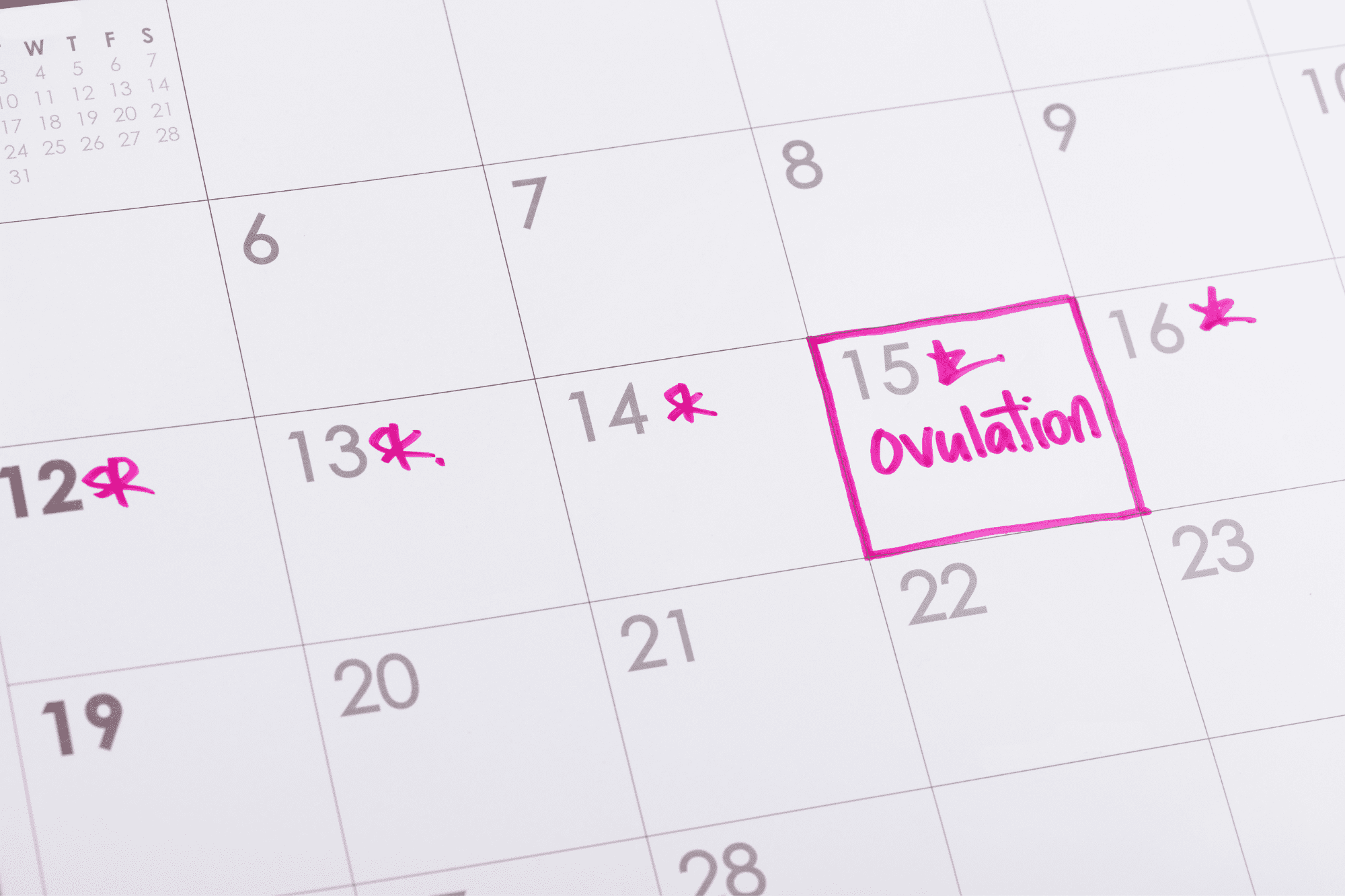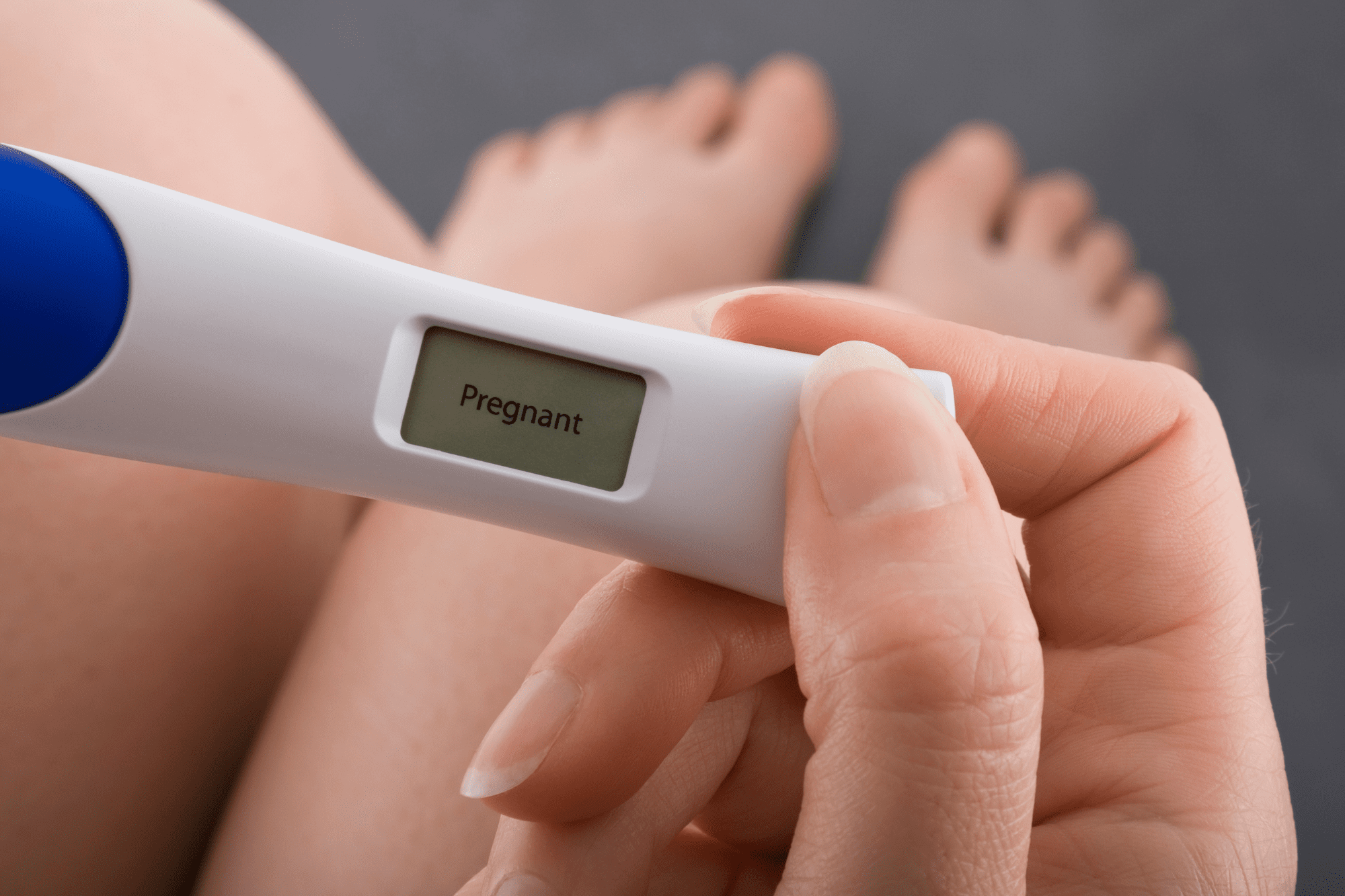Women have been preventing pregnancy with fertility tracking for thousands of years.
This method doesn’t rely on medications, unnatural hormones, or devices you have to replace. Instead, it helps you understand your body, using that knowledge to avoid unintended pregnancy.
In this blog, we’ll explain the fertility tracking process, answer common questions, and offer tips for using this natural birth control method.
What is fertility tracking?
Fertility tracking is a type of birth control that is also called natural family planning or the fertility awareness method (FAM).
It uses your menstrual cycle to determine when you are ovulating and most likely to get pregnant. You can then avoid sex during the most fertile points of your cycle, preventing unexpected pregnancy.
Best of all, fertility awareness doesn’t involve hormonal birth control or birth control devices such as IUDs or patches. It is simply learning more about your body’s natural processes. That means there are no side effects or risks with using this method.
Plus, when you are ready to have a baby, you can use this same method to improve your chances of getting pregnant quickly.
How to track ovulation to prevent pregnancy
1. Understand your menstrual cycle
Did you know your menstrual cycle is more than your period?
It involves several phases that repeat every 28-32 days, on average.
Each cycle starts with the first day of your period. Since you didn’t get pregnant, your uterus sheds the lining it had prepared for a potential pregnancy. This lining is the bleeding you experience during menstruation, more commonly known as your period.
By day seven of your cycle, typically after your period ends, one of your ovaries is preparing an egg for fertilization.
Between days 11 and 21 (if you have a 28-day cycle), hormones tell your ovary to release the egg. We call this process ovulation. The egg travels through the fallopian tube and into the uterus. It can be fertilized for 24 hours after its release.
If you have sex around the time you ovulate, sperm can reach and fertilize the egg. The fertilized egg will implant in your uterus and your pregnancy will begin.
If you don’t get pregnant, your hormone levels will drop. This tells your uterus to shed its lining and begin the process again.
The day before your next period starts is the last day of your menstrual cycle. For the fertility awareness method, you will use a calendar to write down the dates and length of your period.
It typically takes 6-12 months of fertility tracking to understand your cycle and anticipate your times of peak fertility.
2. Calculate your fertility window
Your fertility window includes the days when you are most likely to get pregnant. You will likely ovulate at some point during this timeframe.
Start by identifying your shortest and longest cycles from the months you tracked. Each cycle starts with the first day of your period and ends the day before your next period.
Subtract 18 days from the length of your shortest cycle to find the start of your fertile window. If your shortest cycle was 28 days, for example, the 10th day of your cycle is when your fertility window starts.
Next, subtract 11 days from your longest cycle to find the end of your fertile window. If your cycle was 32 days long, the 21st day of your cycle would be the last day of your fertility window.

3. Avoid sex during your fertility window
Now that you know when you are most likely to get pregnant every month, you can take precautions during this window. Some women prefer to use contraception while they’re fertile to lower their pregnancy risk.
Since every type of contraception can fail, however, it’s best to avoid sex altogether during this window.
Most importantly, keep tracking your cycle every month. Stress, medications, age, illness, and other factors can change your cycle from month-to-month.
As long as you diligently track, record, and follow your fertility pattern, however, fertility awareness can be 95-99% effective at preventing pregnancy.

Can the fertility awareness method (FAM) fail to prevent pregnancy?
Unfortunately, this method doesn’t work for everyone.
If your cycle is irregular, you have an STI, you recently stopped using oral or implanted birth control, or you have recently had a miscarriage or abortion, your cycle may not be reliable enough to use this method.
It may also fail if you don’t diligently track your cycle.
Speak with your doctor to see if fertility tracking is a good option for you.
Can I get pregnant during my period?
Yes, you can get pregnant outside of your fertility window, including during your period. Old pregnancy myths suggested that your period was the safest time to have sex without risking pregnancy, but that isn’t true. Any time you have sex, you can get pregnant.
That said, you are less likely to get pregnant during or right after your menstrual cycle than you are during ovulation. Less likely, however, doesn’t mean it’s impossible.
To protect your health, we recommend abstaining from sex until you are ready to have children. Then, even if your birth control method fails, you will be ready for your pregnancy.
Find support for your unexpected pregnancy at Thrive Orlando
Facing a mistimed pregnancy? The timing might be wrong for your pregnancy, but you aren’t in this alone.
At Thrive Orlando, we’ll give you all the support you need to make the best decision for your pregnancy. We offer pregnancy tests, ultrasounds, STI testing, resources, and so much more. Our services are always free, no matter your situation.
Make an appointment to get the confidential healthcare you deserve today.

